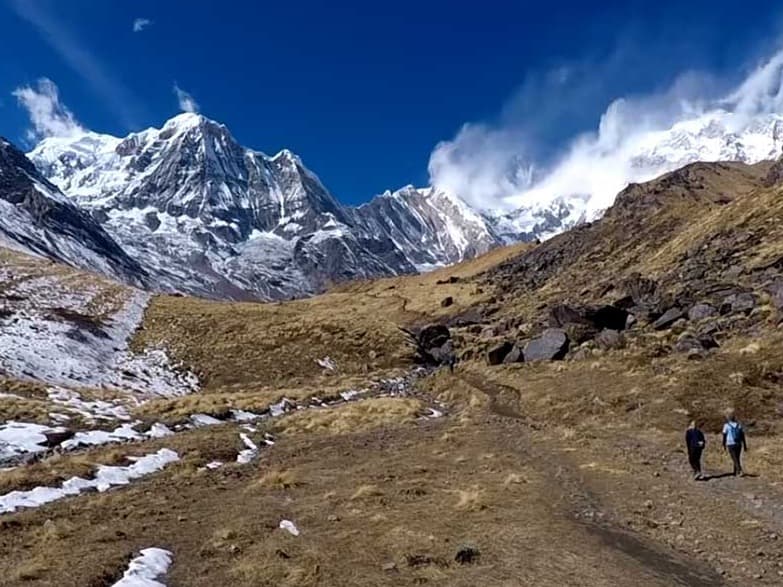- Why Trek in Nepal?
- Best Treks in Nepal for Adventure Seekers
- Essential Tips for Trekking in Nepal
- When to Trek in Nepal
- FAQs
- What articles may be very useful for hiking purposes in Nepal?
- Is it advisable to use guides or porters while trekking in Nepal?
- What permits are to be taken for trekking in Nepal?
- Is trekking in Nepal safe?
- What items do I have to pack to trek in Nepal?
- How many trekking levels are there in Nepal?
- Is it possible to trek to Everest Base Camp without previous experience?
- What is the accommodation like along the various trekking routes?
- Is altitude sickness a risk in Nepal?
- How much would trekking in Nepal cost?
- FAQs
Nepal is a thirst quencher from a trekker's point of view- it draws adventuring minds from all over the world to itself by calling into play its magnificent peaks which touch the sky, and its rich culture. In truth, there are some of the highest peaks on the Himalayan Trail, so trekking offers itself in all its grandeur. Even though trekking in Nepal provides an array of trekking routes for everyone, some trekkers have experience ranging from beginner to highly trained specialist. For the trekking enthusiast, anything goes as long as one is in shape or looking for an adventure in the trekking world- is it a high-altitude trek like Everest Base Camp or some of the subtler little trails like that of the Langtang Valley Trek? There are treks for everyone to enjoy.
The trekking guide in these pages is about the best trekking areas, plus a brief overview of the best trekking in Nepal and essential trekking tips for you to find out what to expect in your experiences during the Nepal Himalayas. Traverse through fascinating landscapes - from lush green valleys to high-altitude passes - and enjoy the colors of Nepal. Good Vibe Adventure welcomes you to the universe of pure trekking joy in Nepal! Traverse through fascinating landscapes - from lush valleys to high-altitude passes- and enjoy the beauties of both the Nepal Himalayas and its people. Indeed, with a breathtaking view of the planet's highest peaks and into busy Sherpa hamlets, with an initiative to experience local life, unforgettable memories in Nepal emerge.
Why Trek in Nepal?
However, trekking in Nepal would top up all the lists of the adventurers as one cannot leave this treasure out while planning an itinerary.
The Himalayas: A Land of the World’s Greatest Peaks
Eight of the 14 tallest mountains in the world are in Nepal, and there lies the highest point on Earth: Mount Everest (8,848 meters). Trekking in Nepal equals visiting an aggregation of gorgeous landscapes in the Himalayas, framed against soaring peaks such as Annapurna, Manaslu, Lhotse, and Kanchenjunga. Whether trekking to Everest Base Camp, following the Annapurna circuit, or even just going to Kanchenjunga Base Camp, either way, the mountains present the trekking with great backgrounds. This single, bold range of mountains has treks that fit every type of adventurer, and so for every trekking lover, it makes for a dream destination.
Rich Culture: A Blend of Buddhism, Hinduism, and Local Traditions
Cultural journeys are beyond the superb trekking routes; these are within the walks around Nepal. As you trek through these routes in Nepal, villages won't run out of sight, bubbling, thick with rich Buddhist and Hindu traditions. From the stupa to famous Buddhist monasteries to the flurry of localized culture, trekking in Nepal brings one into a mode of life preserved for centuries. The chance to tour some Sherpa villages in the Everest region and ancient monasteries in Langtang Valley, as well as Tibetan-influenced cultures in the Manaslu and Dolpo areas, is nature plus cultural heritage for enriching trekking experiences.
Evergreen Excursions for All Ranges of Adventurous Travelers
Indeed, to trek in Nepal, one has to be either a beginner or an expert; it suits everyone. It caters to the travel-craving individual: be it an easy way with lovely sunrise views in the mountains for the laid-back person or it's still going to the Ghorepani Poon Hill trek. For seasoned trekkers, you can do the Annapurna Circuit Trek and the Manaslu Circuit Trek because they give some of the exciting breakdowns, including high-altitude passes around great mountain vista views. And for the adventurous, there's the trek to Dolpo and the Rara Lake Trek, which would have that lonely feel, if not remote, adventurous for you're hiking somewhere that you generally don't trudge. The trekking in Nepal ranges into an array of durations from short trail sessions to expeditions covering many weeks.
Affordable Adventure: Trekking on a Budget
The main features that prove Nepal trekking is different from the others is its affordability. Nepal is known to be a budget trekking destination across the globe. Compared to other regions in the world, this part of the world holds up quite cheaply on accommodation, food, and permits. That means trekkers can afford to witness the Himalayas on a dented budget. Most trekking routes have local teahouses where low-priced accommodation and food are offered, with the assurance of a comfortable stay. It makes everything perfect for anyone on a budget who would want to relish the beauty and adventure that outspread within the Himalayas.
Diverse Flora and Fauna: Trek Through Unique Ecosystems
The trekking routes of Nepal are the best for coming across some of the most different and strange ecosystems in the world, from subtropical forests filling their branches with rhododendrons and orchids to alpine meadows and snow-capped peaks. In addition, trekking in the Langtang Valley and the Everest Region, as well as trekking around Annapurna, comes with some of the most fascinating wildlife. One may even find elusive snow leopards, rare red pandas, and some Himalayan tahr along these trekking routes. National Parks of Nepal, such as Sagarmatha National Park that hosts the tallest peak, Mount Everest, and Langtang National Park, conservation areas including their several national parks, keep experience open for wildlife lovers and nature lovers to roam and witness these species in their natural habitats.
Best Treks in Nepal for Adventure Seekers
Nepal, regarded by many as paradise for the trekkers, has it all from high-altitude trails to trails, most importantly finishing up in culturally rich experience destinations. Iconic views can offer themselves to you, or you can get lucky and discover hidden little villages; whatever it is that you seek, Nepal has it for you. Here are some of the best treks in Nepal- like any other- attracting various experiences and difficulties.
Everest Base Camp (EBC) Trek

The world-famous EBC trek or certainly known as Everest Base Camp trek is the best trek in the entire universe, where trekkers flock from every corner of the globe. The trek goes right up to the base of Mount Everest, with breathtaking views of some of the tallest peaks of the whole world.
Duration: 12-14 days
Difficulty: Moderate to Challenging
Best Season: March to May, September to November
Highest Elevation: 5,364 meters (Everest Base Camp)
Annapurna Circuit Trek

Annapurna Circuit Trek is one of the most popular trekking routes in the world, taking trekkers through traditional villages en route to awe-inspiring views of the Annapurna, Dhaulagiri, and other Himalayan peaks. The dam circuit trek crosses humid subtropical forests and high-altitude, snowless deserts.
Duration: 15-20 days
Difficulty: Moderate to Challenging
Best Season: March to May, September to November
Highest Elevation: 5,416 meters (Thorong La Pass)
Langtang Valley Trek

It is even quieter than its more illustrious friends, Everest and Annapurna, and may be said to be tamer in comparison, humbled by its cultural beauty and the panoramic orientation of the mountains all around. Quite literally, the trek takes you into the heart of the Langtang Valley, where the greatest sight of Langtang Lirung (often referred to as the dormitory for trekkers above 7,227 m) is beheld with an exploration of villages.
Duration: 7-10 days
Difficulty level: Moderate
Best Season: March-May or September-November
Highest elevation: 3870m (Kyanjin Ri)
Manaslu Circuit Trek

Manaslu Circuit Trek is the route that most incredulously, easily strays away from the camping near Mount Manaslu, the eighth highest peak in the world. This trek combines a superb round trip travel experience into the valleys with real ethnic cultures, varied landscapes, and isolated traditional settlements.
Duration: 14-18 days
Difficulty: Moderate
Best Season: March to May, September to November
Highest Elevation: 5,160 meters (Larkya La Pass)
Ghorepani Poon Hill Trek
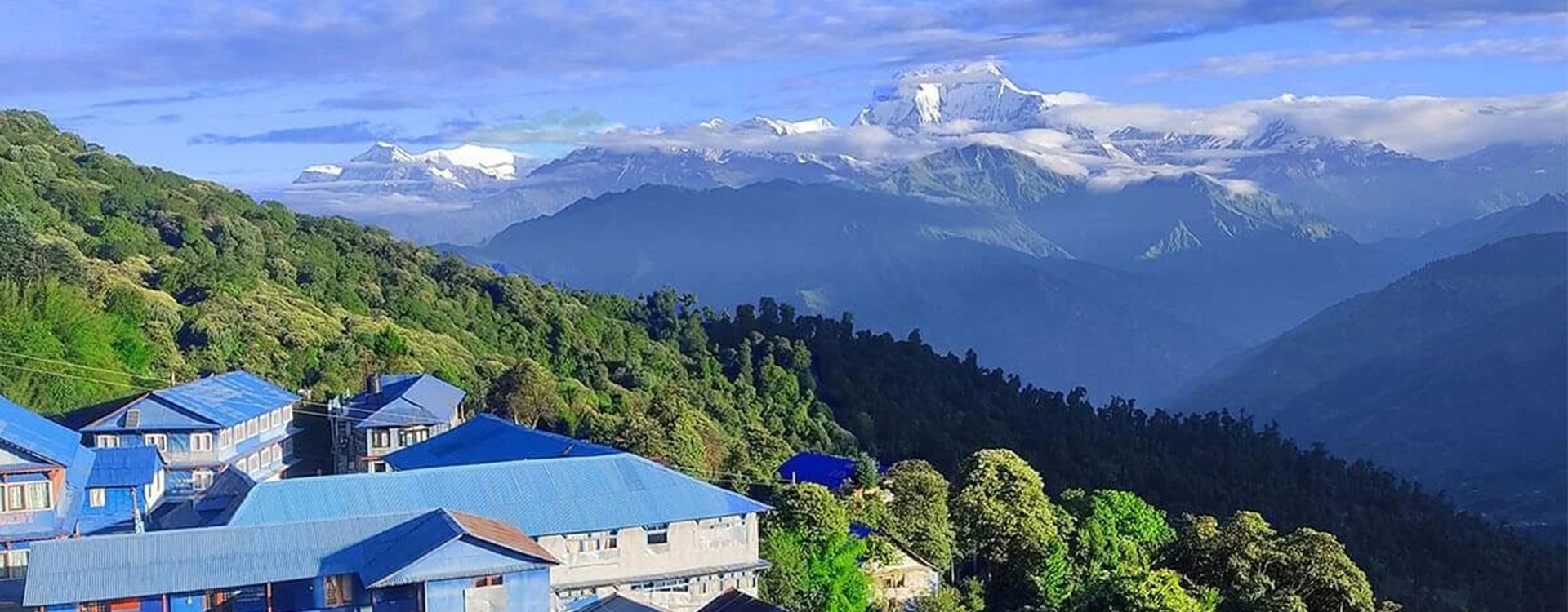
Ghorepani Poon Hill trekking is the one for trekkers who come on a tight schedule but at the same time want to take a nice peek into the grand beauty of the Himalaya. A fairly easy trek, this trek gives you magnificent sunrise views over the Annapurna and Dhaulagiri ranges, apart from allowing you to experience the eminent rich culture of the Gurung people.
Duration: 4-6 Days
Difficulty: Easy to Moderate
Best Months: March to May; September to November
Max Elevation: 3,210 meters(Poon Hill)
Dolpo Trek
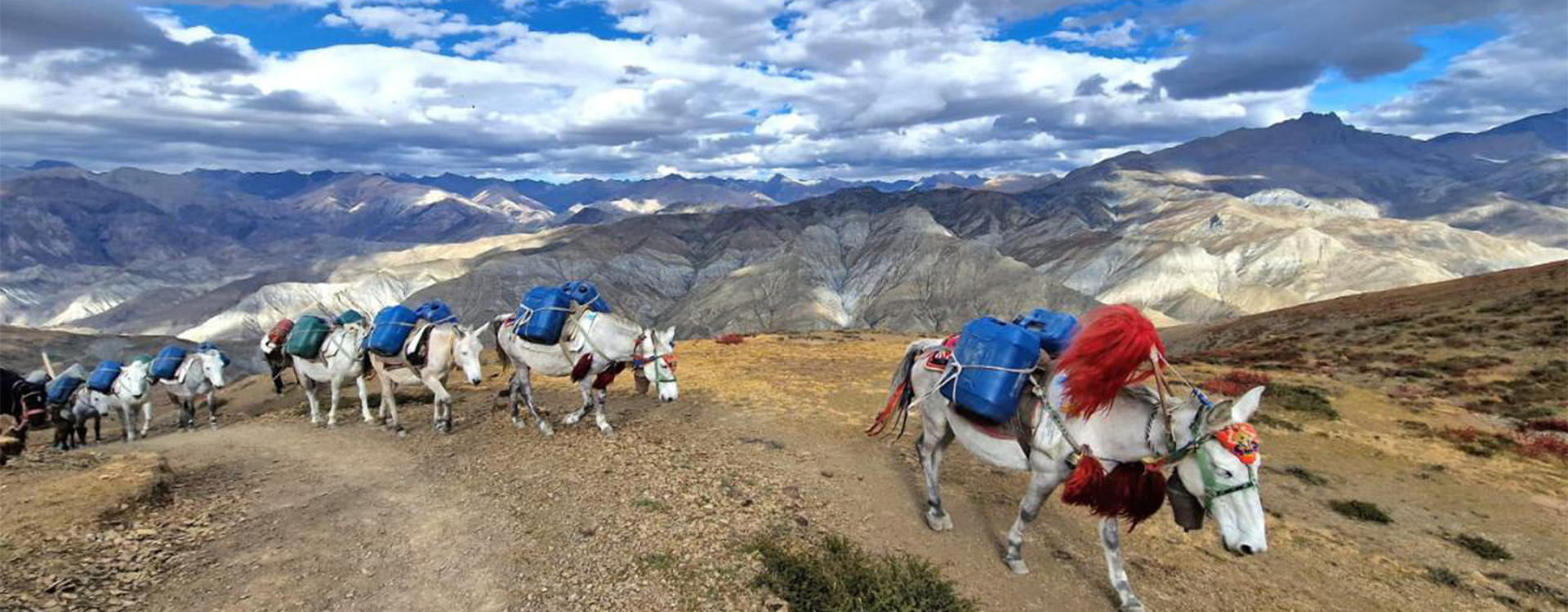
Dolpo Trek is among the Furthest trekking trails of Nepal leading to an almost inaccessible world of untouched scenic beauty and ancient Tibetan culture. The trek is incredibly difficult but equally inspiring as the trek actually offers a genuine Himalayan experience far from the crowds.
Duration: 18-25 days
Difficulty: Challenging
Best Season: April to November
Highest Elevation: 5,150 meters (Saldang La Pass)
Rara Trek
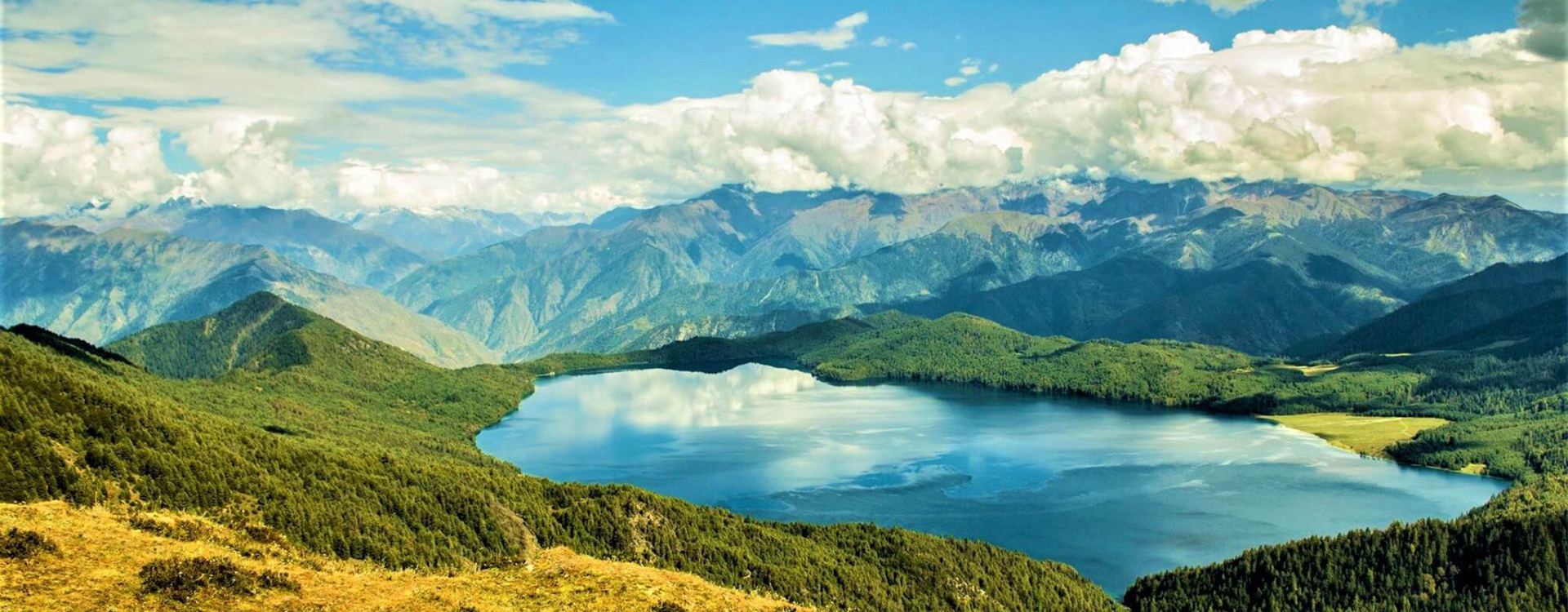
The Rara Lake trek takes you to some of the most beautiful and isolated lakes in the northwestern part of Nepal. The vast silence and peace that nature lovers crave is what this trek offers out of the snow-peaked mountains that tower above the forests.
Duration: 10 to 14 Days
Difficulty: Moderate
Best Time: March to May and September to November
Highest Altitude: 3,048 M (Rara Lake)
Makalu Base Camp Trek
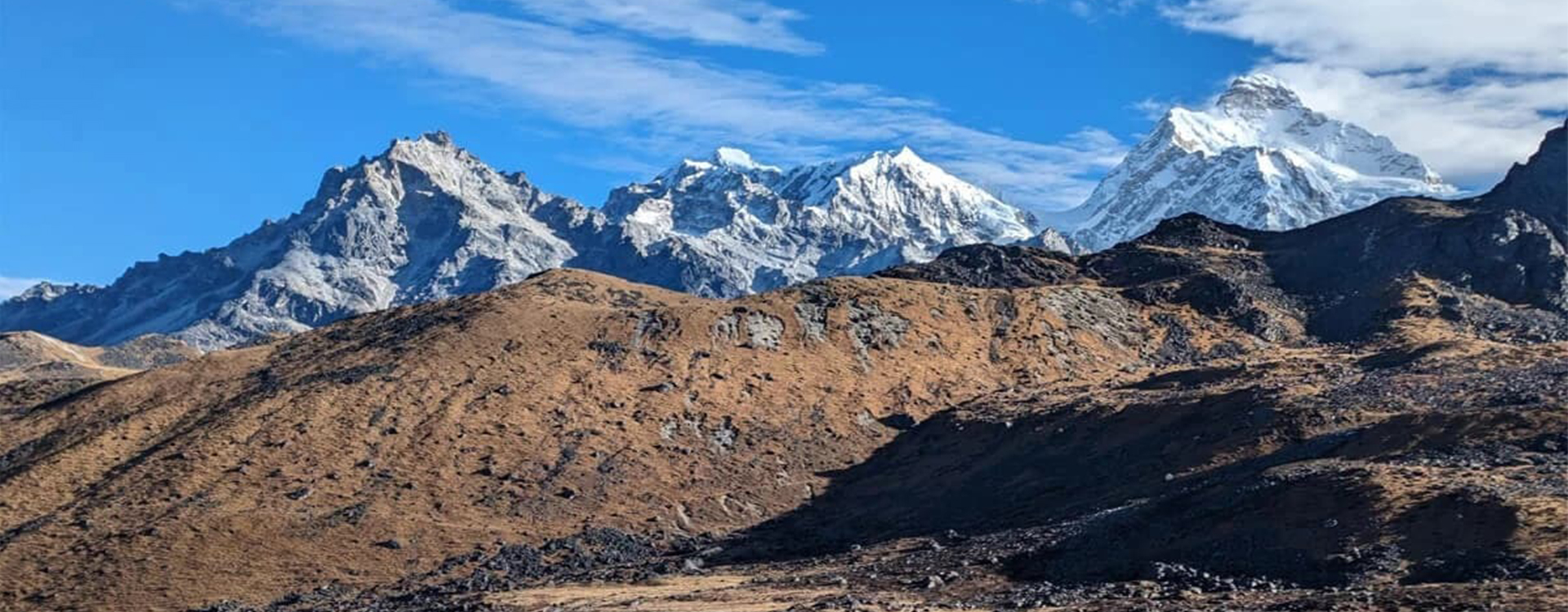
The Makalu Base Camp Trek is chained and rugged, other than one of the adventures, which is that one being close to one of the five highest mountains in the world at 8,485 meters. These treks are taken over lonely, relatively virgin forests, glacial valleys, and alpine meadows without much presence from the general trekking masses. The trek also brings with it an adventure, along with a good chance of looking for some of Nepal's rare animals like the elusive snow leopard and red panda.
Length: 20 to 24 Days
Degree of Difficulty: Difficult
Best Season: March to May, September to November
Maximum Height: 5,050 meters (Makalu Base Camp)
Kanchenjunga Base Camp Trek
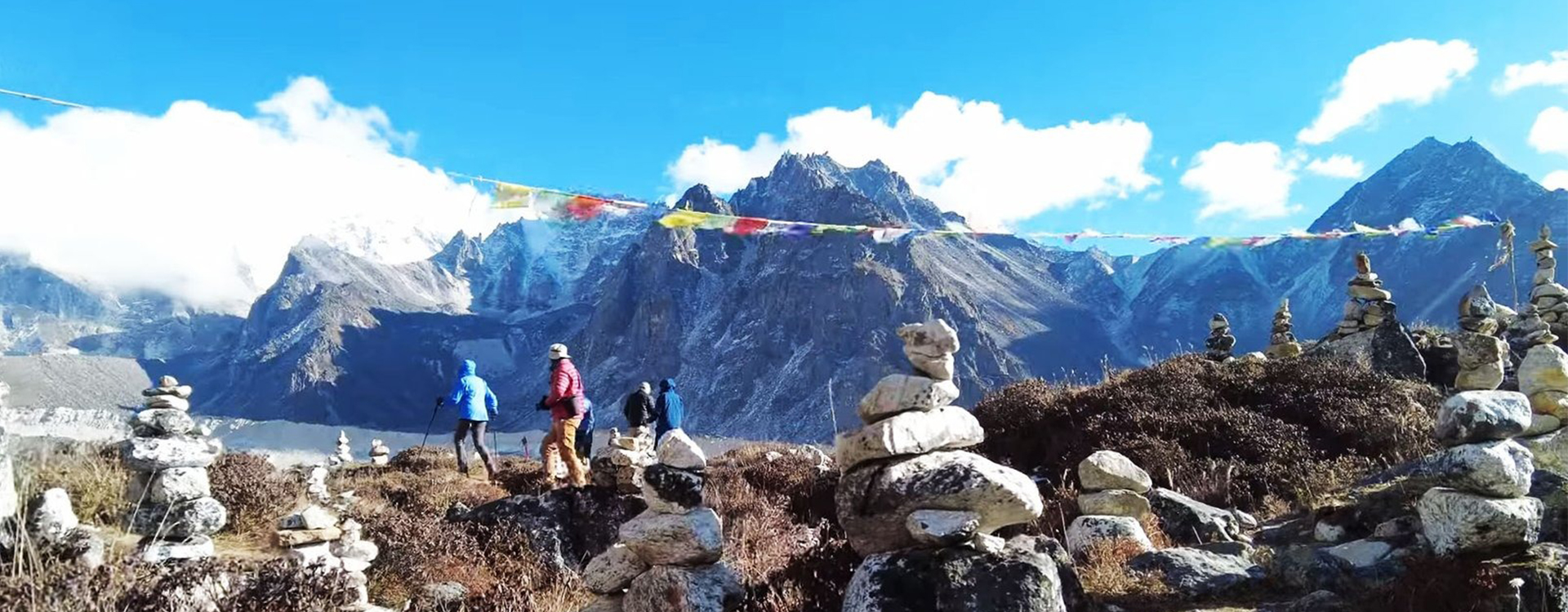
Witness the mountain's grandeur on the Kanchenjunga Base Camp Trek, one of the least-trafficked treks in the land of the Himalayas. The third highest mountain in the world floats at an altitude of 8,586 m slightly away from the borderline between India and Nepal. A good chance to plunder the wonders of remote nature, high-altitude meadows, and lonesome villages. A very good trek for those who want to enjoy the mix of cultural variation with untamed nature.
Duration: 24-28 days
Difficulty: Challenging
Best Season: March until May, September until November
Highest Elevation: 5,143 meters (Kanchenjunga Base Camp)
Upper Mustang Trek
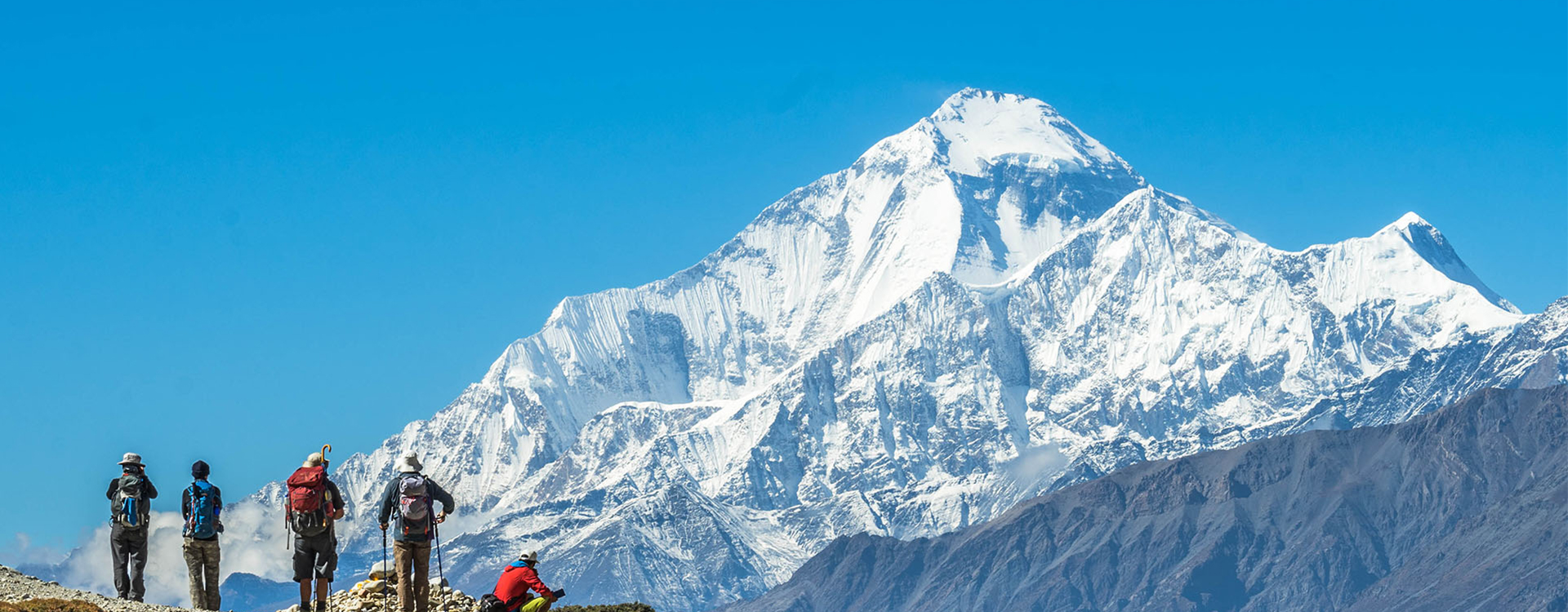
The Upper Mustang Trek puts you at the farthest and most mystical corner of Nepal, also called the 'last forbidden kingdom.' With the Tibetan Plateau nearby- since it has not much land contact with the rest of the world- lies the rare opportunity along which trekkers pilgrimage to find a desert-like terrain, ancient Tibetan Buddhist monasteries, and cave dwellings carved out in cliffs. Known for its culture and weirdly geological appeal, this area has become a magnet for adventurous trekkers.
Duration: 12-14 days
Grade: Moderate to tougher
Best Time: March to May, September to November
Highest Elevation: 4,010 m (Lo Manthang)
Tsum Valley Trek
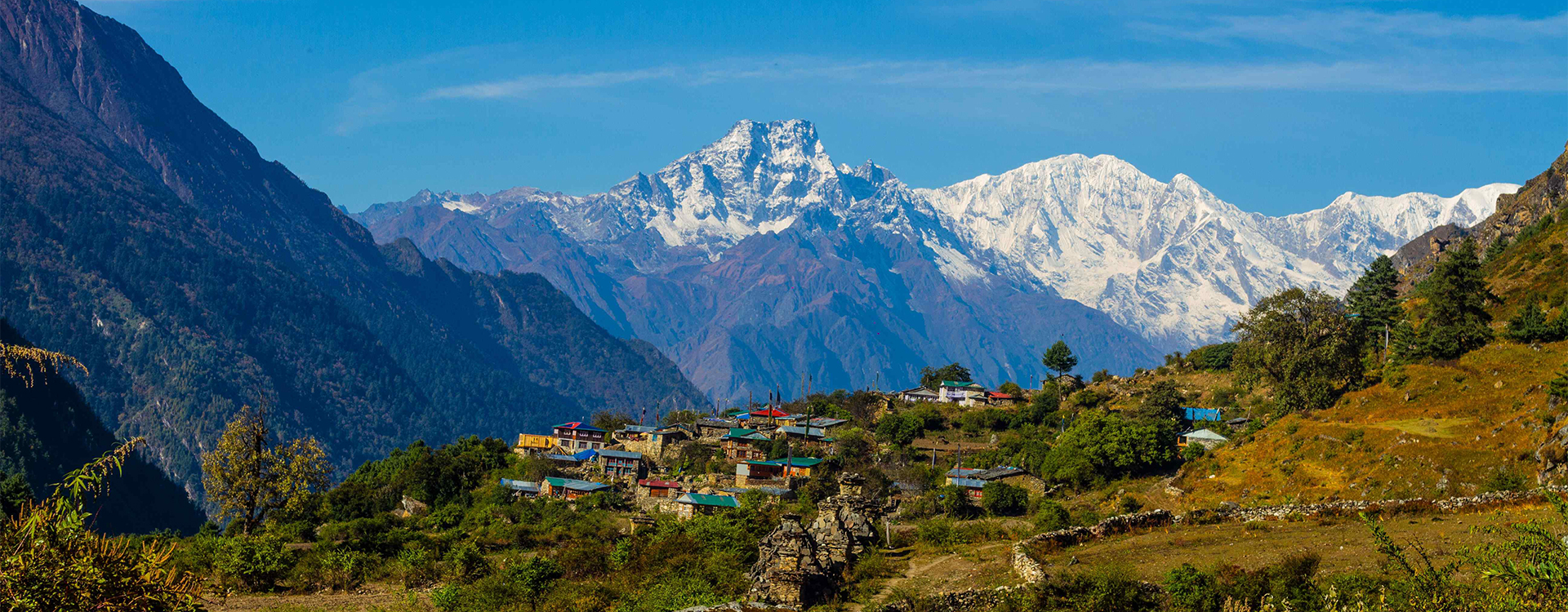
Some rare jewels that can still be found in Nepal are the Tsum Valley Treks, letting you walk through the untouched valley named Tsum, rich in Tibetan Buddhist culture. Trekkers shall slowly traverse through a realm of remote villages, ancient monasteries, calmness, and culture. It will be a grand trek for anyone interested in learning about Buddhist traditions and living life on simple terms while trekking in the very Himalayas.
Duration: 12-14 days
Difficulty: Moderate
Best Season: March to May, September to November
Highest Elevation: 3,700 meters (Tsum Valley)
Gosaikunda Lake Trek

The Gosaikunda Lake Trek is one in which the trekkers pass through the sacred Gosaikunda Lake, which lies at an altitude of 4,380 meters. The pilgrimage to both Hindus and Buddhists makes it a distinguished site for visiting pilgrims all over Nepal. Interesting high views of mountains are along the trekking route as well as a view of the local culture and traditions of people, mostly belonging to the Sherpas.
Duration: 8-12 days
Difficulty level: easy to moderate
Best season: March to May, September to November
Highest Elevation: 4,380 meters (Gosaikunda Lake)
Helambu Trek
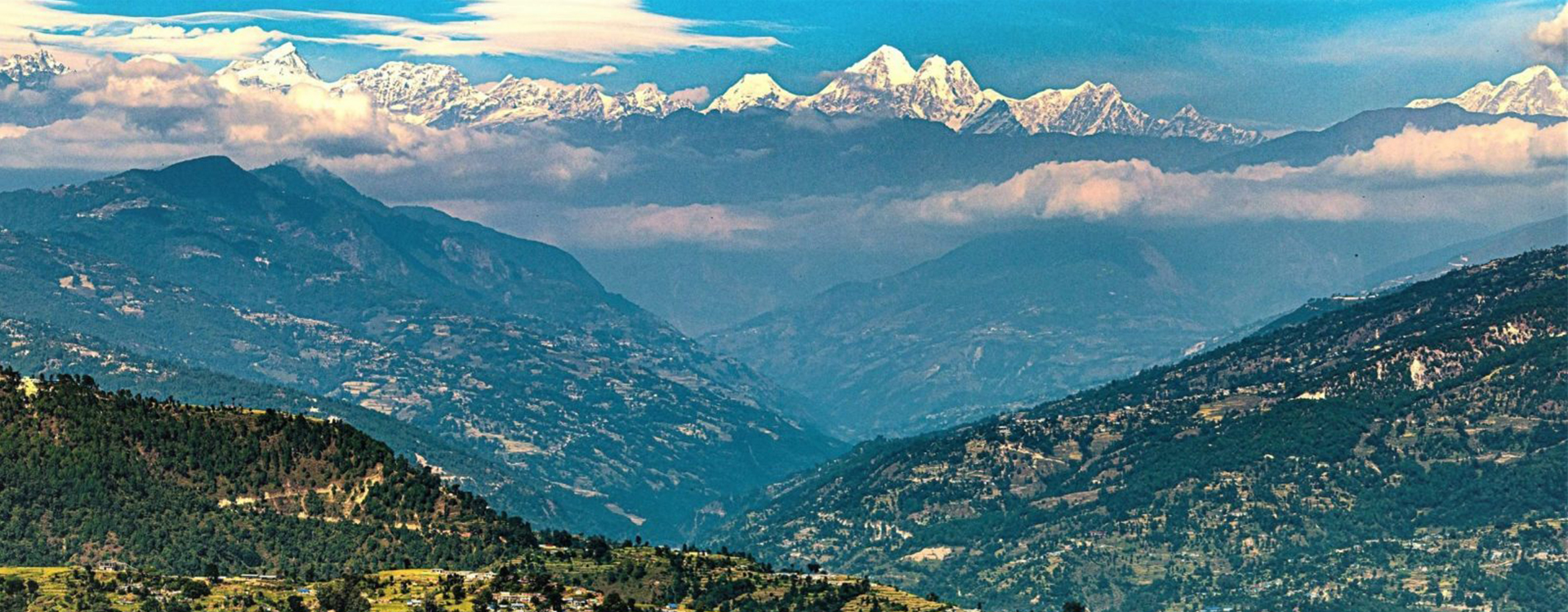
It is not one of the longer treks of Nepal, but it is certainly less strenuous compared to some treks of high altitudes. And still, it offers grand Himalayan views and rich cultural experiences. The Helambu trek is considered an ideal trek for people who want to experience the Langtang Himal range with some flavor of Sherpa culture at the same time, without going into the more crowded areas. Not very far from the capital city-kathmandu.
Duration: 5-7 Days
Difficulty: Easy to Moderate
Best Season: March-May, September-November
Highest Elevation: 3600m (Tharepati)
Essential Tips for Trekking in Nepal
Accimatization
Accimatization becomes the most important for treks in high-altitude areas like Everest Base Camp or Annapurna Circuit. Time is needed for the body to acclimatize to lower oxygen levels while the trekkers gain elevation. If trekkers are attached to excess exertion or ascended too fast, altitude sickness will show symptoms such as dizziness, headache, and nausea. Hence, it will be worth pacing oneself and taking enough rest days to allow the body more time to acclimatize. The body would thus have time to make adjustments to an altitude different from its own, which greatly avails itself from negating altitude sickness. Much more so in technical terranes, like Everest Base Camp. Proper acclimatization, as much as safety and success, is invaluable.
Trekking Permits
Most trekking routes in Nepal require permits to ensure the safety of trekkers and to regulate entry into protected areas. The TIMS (Trekkers' Information Management System) card is essential to nearly all trekking areas and needs to be obtained before starting the trek. In addition, a national park permit is required for many well-frequented routes since these places fall under the category of national parks or conservation areas. It helps in conserving the ecological condition of the area and ensures trekkers comply with some basic rules. Proper prior arrangements for trekking permits are very critical for easy travel with no disruptions on the way.
Pack Smart
The Himalayan weather is notoriously unpredictable, so packing for almost every conceivable situation is a must. Bring layered clothing- both to be put on and taken off when temperature rises or falls; a high-quality sleeping bag that will withstand cold nights; and durable trekking boots that can hold the ankle and provide traction on undulated surfaces. Sunscreen for high-altitude ultraviolet rays, first-aid kits just in case, and water purification systems (tablets or filters) to guarantee a safe supply of drinking water should also be considered while trekking. Preparing for all kinds of weather and trek-induced strain will keep you comfortable and safe during the exploration.
Hire a Guide or Porter
Some experienced trekkers, however, prefer going solo on the trails. For many reasons, hiring a guide or porter is much more encouraged. On one hand, a local guide will provide great insight into the landscape, the best trekking trails, and the local culture through which you will be trekking safely and gain most of your trekking experience. It also helps ease the burden of heavy gear when trekkers hire porters, especially when carrying heavy equipment on long treks at high altitudes. Mostly, porters are very knowledgeable in ways to calculate weight and traverse mountainous terrain, which in turn leaves you more time to enjoy the trek. Employing these services additionally boosts the local economy and smooths out the trekking experience.
Hydrate
If trekking in Nepal wants to be associated with good health and protection from altitude sickness, the preeminent rule that must apply is one of carrying enough water and drinking it often. The means to purify drinking water is especially important with altitude increasing since untreated sources from rivers or streams may harbor harmful bacteria. The use of purification tablets or water filters can give you drinkable water. Hydrating with water helps against altitude sickness. Dehydration causes altitude sickness to amplify. So, adequate water intake ensures there is ample energy to combat trekking with the assurance of good health.
Devote to Local Culture
Nepal is blessed by some very rich folklore of diversity where local indigenous cultural heritages like Sherpas, Gurungs, and Tamang people occupy the different trekking regions. While trekking through the villages, which are the homes of Sherpas, or any such other localities, approach this with cultural sensitivity and respect. Permission should always be obtained before photographing people, their houses, or sacred sites. It makes the engagement with the local community favorable, which, in turn, helps preserve the culture's integrity for the region. Following local customs and traditions makes the trekking experience better to your connection to the people and place.
When to Trek in Nepal
From March to May
Trekking in spring in Nepal presents the best climatic features alongside the clearest blue skies and stunning views of the Mightiest Himalayas, which is altogether one prime time to undertake the trek. Known for moderate ambiance on the trekking trail, this season brims with blooming wildflowers adorning various spots on a hike to number one destinations like Everest Base Camp and Annapurna Circuit.
From September to November
The top trekking season in Nepal is during autumn, with the fresh air, stable weather, and lovely clear skies. Great weather and breathtaking views for trekking beyond the baseline in Everest Base Camp and Annapurna Circuit. Plus, the trekkers would also get to participate in local festivals and cultural traditions during this period.
From December to February
Trekking in Nepal during the winter months is avowedly intended for expert trekkers since extreme cold conditions render trekking operations problematic for almost everyone, particularly at the higher altitudes. Of course, all high-altitude trails, like the Everest Base Camp Trek and the Annapurna Circuit Trek, suffer more when the weather turns severe with snow and ice. Very few will dare to take on the challenge of beautiful treks such as these, where they can enjoy a brightly painted and silent landscape.
From June to August
Nepal trekking in summer falls under the monsoon season, where torrents of color, muddy slopes, and a fair chance of landslides can be expected. Majority of trekking routes turn out to be, more or less, really impossible, but Mustang and Upper Dolpo stay dry and provide some of the most glorious trekking possibilities, which make them just perfect choices at such a time.
Trekking in Nepal simply becomes a life-changing experience, along with amazing sceneries and keeping in mind the rich culture-there are several different routes that can be taken in the entire majestic country. Such trekking routes include Everest Base Camp, Annapurna Circuit, or maybe even the glacier-trekking route of the North Face of Manaslu, but also the best of all must be hands down the very best trekking routes in the amazing country that would be suitable to every different type of trekker: young or old, novice or experienced mountaineer, aspirant, or hard-core tough guy. Nothing short of phenomenal vistas, deep cultural immersion, and fulfilling accomplishment are promised by the trails these Nepal systems host- from seemingly easy short treks through different picturesque terrains to some of the tougher trekking North routes through the Himalayas.
Embrace the challenge with Good Vibe Adventure and see for yourself how truly magnificent your adventure can be. See it yourself and find out how truly magnificent an adventure can become.
FAQs
What articles may be very useful for hiking purposes in Nepal?
Trekking masters from around the world would agree that the best time to travel around the Nepalese trekking grounds is in spring- March to May- and autumn, from September to November. It is during these times of the year- in September and afterwards- that visitors get to see clear skies and enjoy great weather and rewarding views of Himalayan ranges.
Is it advisable to use guides or porters while trekking in Nepal?
There are tours in which one can trek solo, but the experience becomes highly rewarding when facilitated by a guide/porter. Apart from aiding in the navigation, the guide/porter adds value to the trekking experience through insights into local culture and heavy load carrying.
What permits are to be taken for trekking in Nepal?
Trekking permits in Nepal mostly cover TIMS worldwide and the relevant national park's permit applicable for the trekking route. All these permits play a vital role in securing trekkers' lives and conserving the environment.
Is trekking in Nepal safe?
Nepal trekking is safe, but some preparations have to be undertaken. Also, keeping hydrated, acclimatizing, and having safety measures make for safe trekking. It will be an advantage if you have a guide for extra safety.
What items do I have to pack to trek in Nepal?
Those are the items which should be packed: layering, a good sleeping bag; trekking boots; sunscreen; first aid set; water purification tablets or filter plus a camera to capture good views.
How many trekking levels are there in Nepal?
There are six trekking levels in Nepal. All these trekking levels in Nepal would have easy treks as in Ghorepani Poon Hill or to the other extreme, entirely unimaginable treks like doing the Everest Base Camp Trek or the Manaslu Circuit. Differentiation parameters such as altitude, terrain, and how long a trek is determine such levels.
Is it possible to trek to Everest Base Camp without previous experience?
Well, it is more of a steep-level trek, and the Everest Base Camp trek does not fit into this category unless you say 'good physical condition' with acclimatization. If beginners are conditioned and guided well, they may even inhume this trek.
What is the accommodation like along the various trekking routes?
Well, along the normally trekking routes, they provided accommodations in the form of teahouses or lodges. Such accommodations could usually provide decent facilities of bed and food. However, in the case of very high-altitude areas, lodging might be basic.
Is altitude sickness a risk in Nepal?
There is, indeed, the chance of altitude sickness. Acclimatization involves careful ascent, hydration, and regular rest days with not overexerting the walks so it could practically be avoided.
How much would trekking in Nepal cost?
Trekking cost in Nepal varies from place to place and, of duration, up to the level of service. In average terms, one trek would cost between $500 and $2,000 on permit, accommodation, food, and guide/porter fees. Nature itself is hence proving trekking in Nepal as incredibly cheap.


